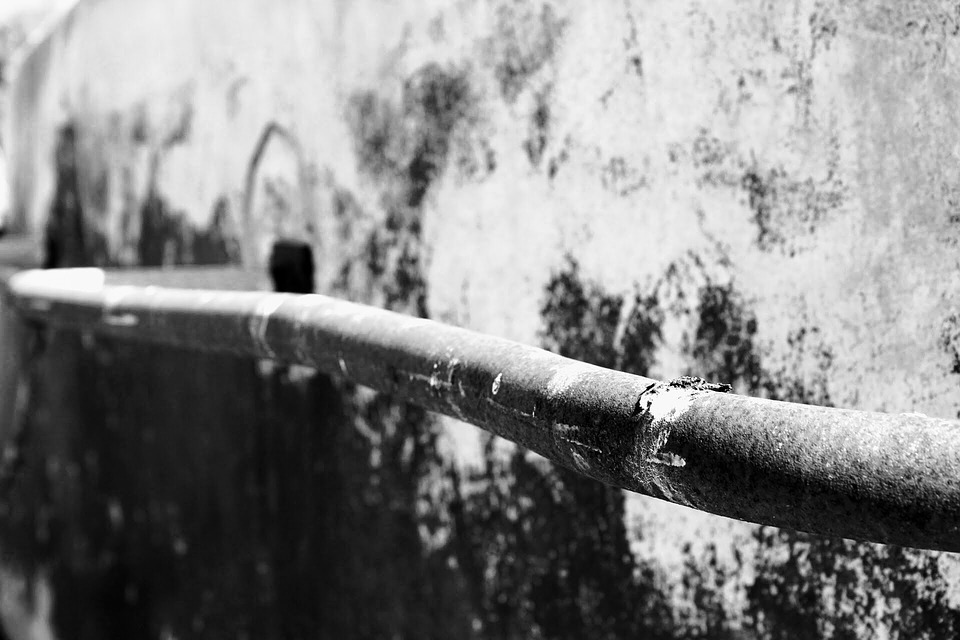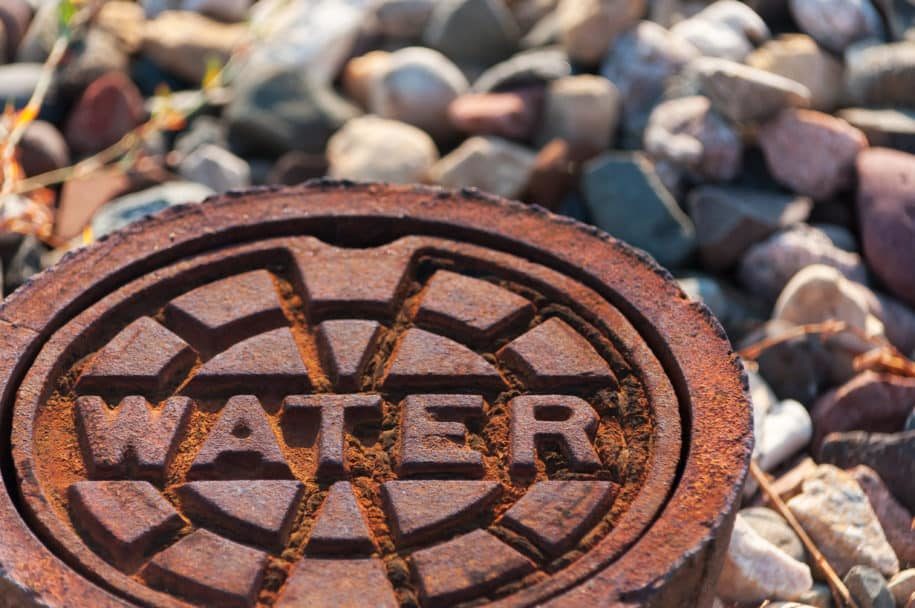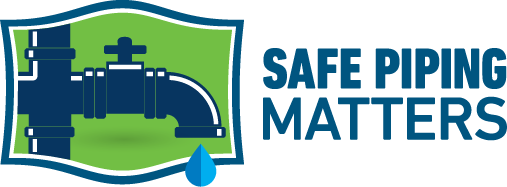An Algorithm Is Helping a Community Detect Lead Pipes

The model had shown promise in Flint before officials rebelled. Now Toledo is using it, while incorporating more public input.
One in Three Children Have Unacceptably High Lead Levels

Lead contamination has long been recognized as a health hazard, particularly for the young. But a new study asserts that the extent of the problem is far bigger than previously thought, with one in three children worldwide – about 800 million in all – threatened by unacceptably high lead levels in their body.
Denver Acts on Health Concerns over Lead Service Lines, Begins Replacement Process Using Safe, Sustainable Materials

Denver Acts on Health Concerns over Lead Service LinesBegins Replacement Process Using Safe, Sustainable Materials The lead and copper rule was implemented in 1991 in response to the nearly 10 million lead water lines that existed in the US. Today, an estimated 6.1 million lead lines are still in service and are in dire need of replacement; […]
The Rise and Fall of Lead Piping: A Brief History

The Rise and Fall of Lead Piping: A Brief History Lead piping was used in almost every major U.S. city for many plumbing applications in 1900, including to transport drinking water. Millions of lead pipes are still in in use across the country. As demonstrated by serious lead-in-water incidents in Flint, Michigan; Milwaukee, Wisconsin; Newark, New Jersey […]
